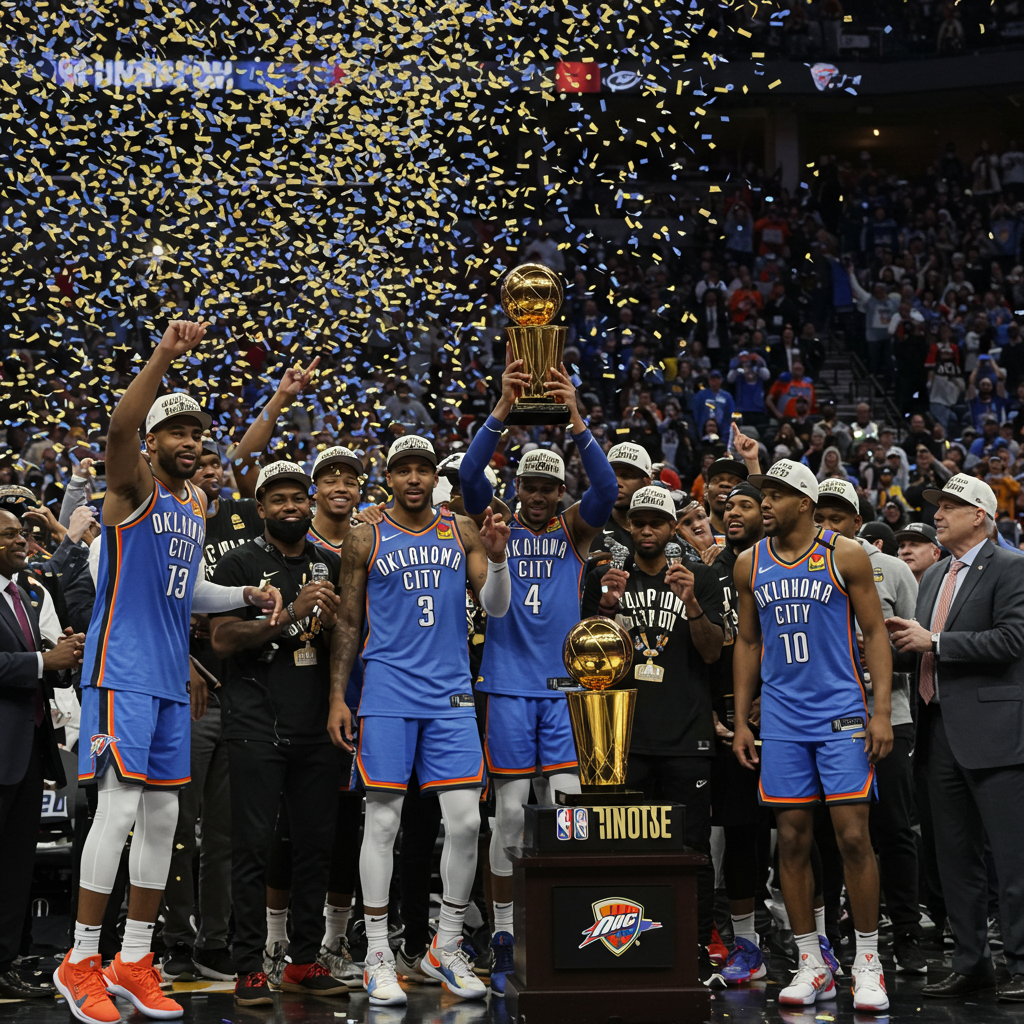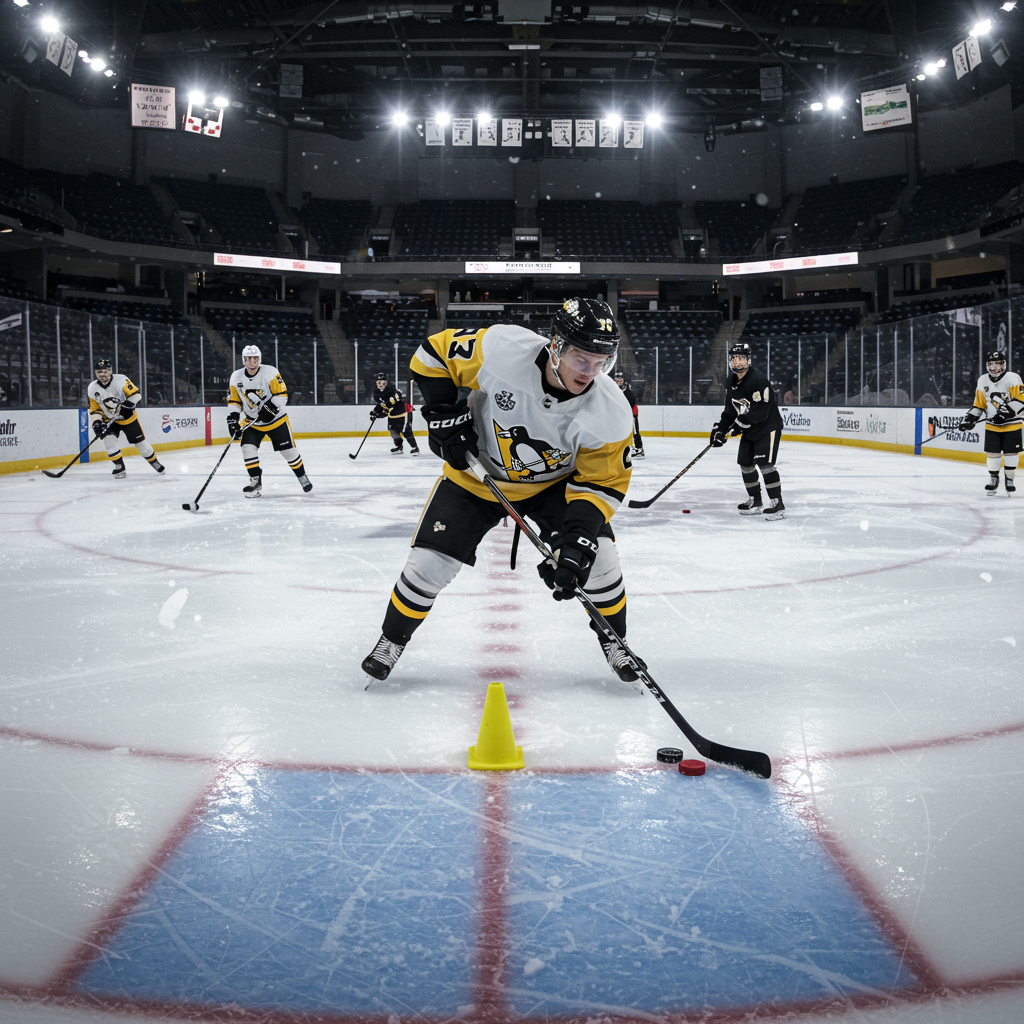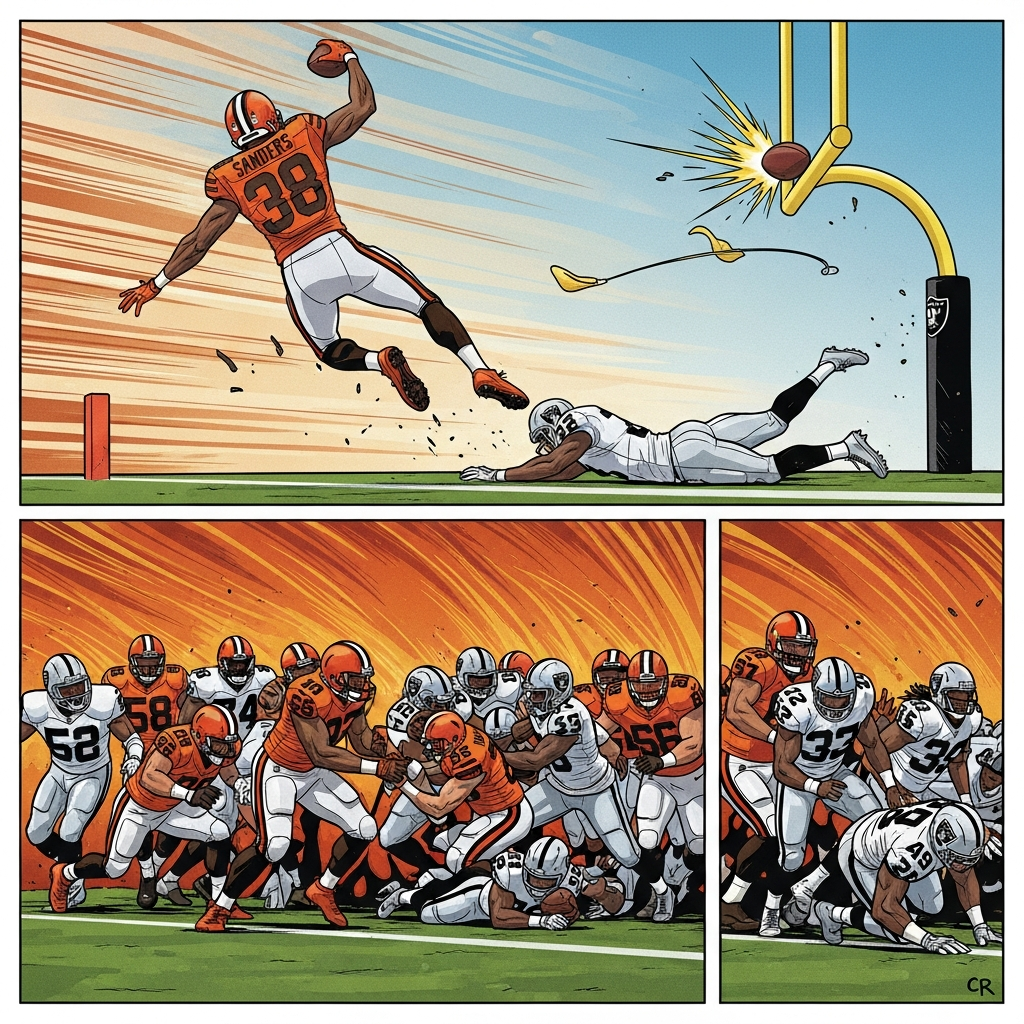NBA Parity Era: Can the Young Thunder Build a Dynasty?
The NBA recently concluded a historic stretch unlike any other – seven consecutive seasons crowning a different champion. This unprecedented era of parity, fueled by strategic team building and a new collective bargaining agreement designed to limit “superteams,” seemed firmly entrenched across the league. Yet, following their thrilling Game 7 victory in the 2025 NBA Finals, the Oklahoma City Thunder stand poised to challenge this trend, potentially ushering in a new era of sustained dominance.
The Thunder, fielding the second-youngest roster ever to reach the NBA Finals, defeated the Indiana Pacers 103-91 to claim their first championship since relocating to Oklahoma City. Their journey wasn’t just about winning; it was about rapid growth.
The youth movement was hilariously evident in the immediate aftermath of their win. Upon reaching the locker room, bottles of champagne awaited, but the young squad was initially stumped. Backup center Isaiah Hartenstein, with only Lithuanian league title experience involving tequila from the bottle, wasn’t much help. It took veteran guard Alex Caruso, the sole Thunder player with previous NBA Finals experience (winning with the Lakers in 2020), to provide the much-needed guidance on popping corks. This initial fumble quickly turned into widespread celebration, symbolizing a team learning on the fly and succeeding at the highest level.
Built for Sustained Success: A Masterclass in Asset Management
What makes this Thunder team different, and why might they be uniquely positioned to end the parity era? Much credit goes to General Manager Sam Presti’s strategic long-term vision. A pivotal moment was the 2019 trade that sent Paul George to the Clippers for a package including Shai Gilgeous-Alexander and an extensive haul of future draft picks. This move, widely hailed as Presti’s best, laid the foundation.
Those draft assets, combined with successful high draft picks, yielded the current core: MVP and scoring champion Shai Gilgeous-Alexander, dynamic forward Jalen Williams (acquired with one of the George trade picks), and versatile big man Chet Holmgren. Complementary pieces like Lu Dort and recent additions like Caruso and Hartenstein add depth and defense. Crucially, key players like SGA, Williams, Holmgren, and Dort are all under 27 years old and under contract, providing exceptional long-term stability.
Unlike teams facing significant financial constraints under the new CBA’s stringent “second apron” penalties – which make retaining multiple stars and depth players incredibly challenging and limit trade flexibility – the Thunder possess a remarkable advantage. Their core players are on team-friendly rookie deals (Williams, Holmgren, Cason Wallace) or, in SGA’s case, on a contract that represents significant value for an MVP. Furthermore, the team still holds a massive stockpile of future draft picks, offering unparalleled flexibility to draft, trade, or maneuver within the CBA’s limitations for years to come. This strategic advantage positions them to build a sustained winner, bucking the trend that has seen even recent champions struggle with roster continuity due to the new rules.
Shai Gilgeous-Alexander: The MVP Leading the Charge
At the forefront is Shai Gilgeous-Alexander, who joined Kareem Abdul-Jabbar, Michael Jordan, and Shaquille O’Neal as the only players in NBA history to win the scoring title, MVP, and an NBA championship in the same season. Despite this historic achievement, SGA echoed the team’s mindset: they still have ample room for improvement. “So many of us can still get better,” he stated, highlighting that few players are even approaching their prime.
This combination of elite current performance and vast future potential based on age is rare. The Thunder weren’t just a playoff team; they were statistically dominant in the regular season, finishing with 68 wins and the best scoring differential in league history, demonstrating their fundamental strength.
The Challenges Ahead: Injuries and Competition
While the Thunder’s future appears bright, the path for teams like their Finals opponent, the Indiana Pacers, highlights the league’s competitive volatility and the ever-present risk of injuries. The Pacers’ improbable run as the Eastern Conference’s fourth seed, pulling off upsets and reaching their first Finals in 25 years, was a testament to the league’s parity. However, their hopes for repeating such success were dealt a severe blow when star point guard Tyrese Haliburton suffered a potential Achilles tendon injury in Game 7, an injury that could sideline him for most or all of the next season.
Haliburton’s injury followed other high-profile playoff setbacks for stars like Jayson Tatum (torn Achilles) and Stephen Curry (unable to finish his series), raising concerns about player availability in a league reliant on star power. NBA Commissioner Adam Silver acknowledged these incidents but maintained that current data doesn’t support the argument that reducing the 82-game season would necessarily decrease injuries, also citing economic factors in the reluctance to shorten the schedule.
A Potential Shift in the Landscape
The Thunder’s championship arrives at a fascinating juncture for the NBA. The new CBA has successfully dismantled the traditional “superteam” model seen in previous eras, leading to a more balanced league where diverse teams built through various strategies (drafting, smart trades, asset accumulation) can compete.
Yet, the Oklahoma City Thunder, with their young MVP, strategically assembled core, exceptional cap flexibility, and unparalleled collection of future assets, appear uniquely equipped to navigate this new landscape. They have the talent and the tools to not just win one title, but to potentially string together multiple deep playoff runs.
While the parity era delivered exciting, unpredictable seasons with different champions, the Thunder’s emergence signals a potential pivot. They aren’t just another team having a moment; they possess the foundational elements to become the league’s next sustained power, challenging the notion that continuous parity is here to stay. Next year, opening champagne bottles might be the least of their challenges as they aim to build a dynasty.




